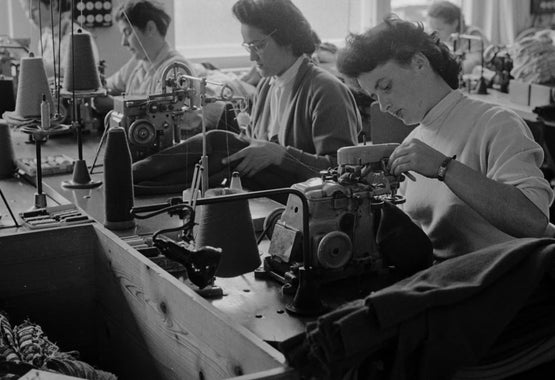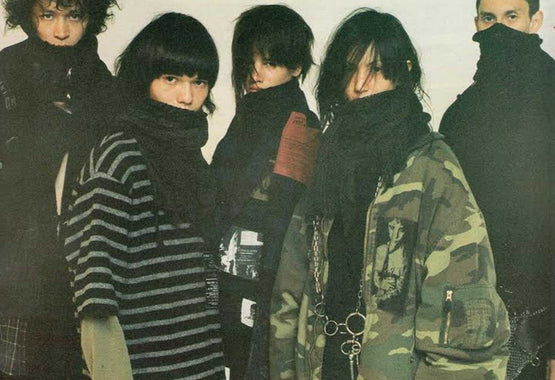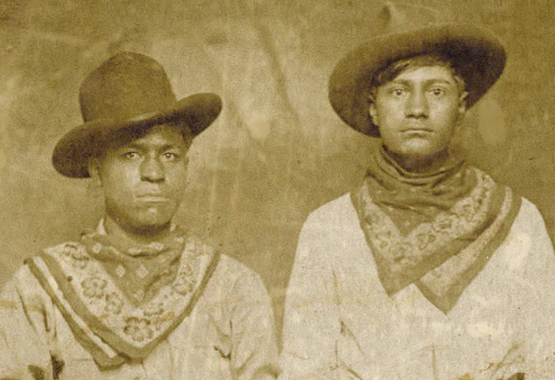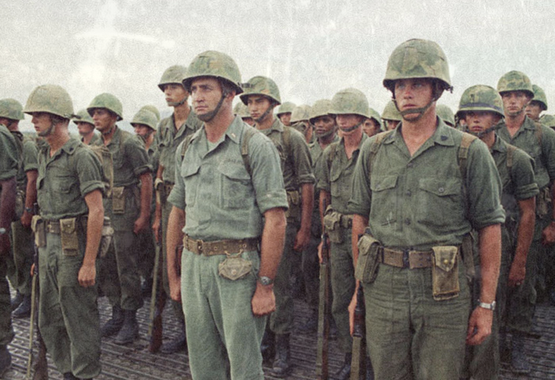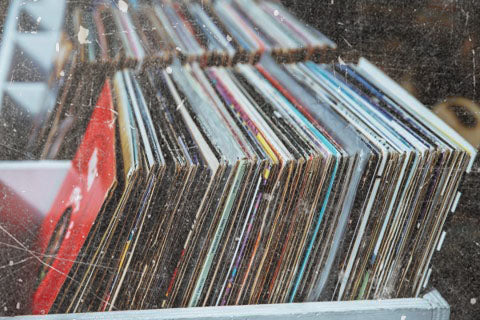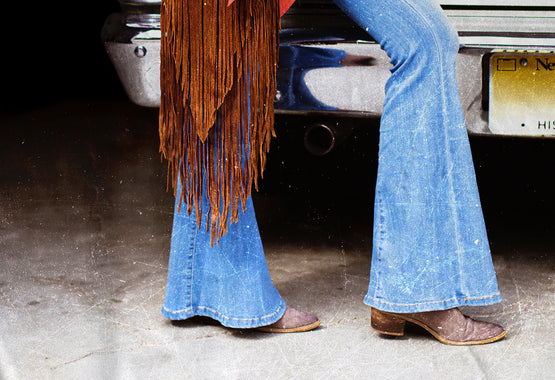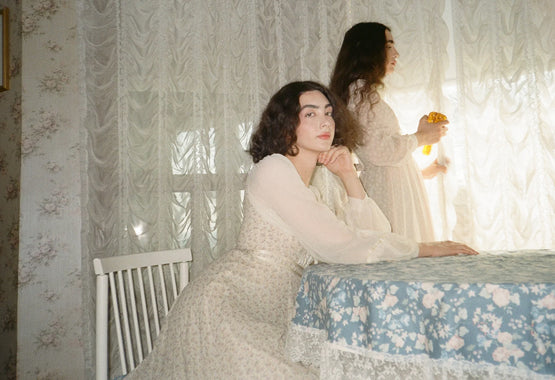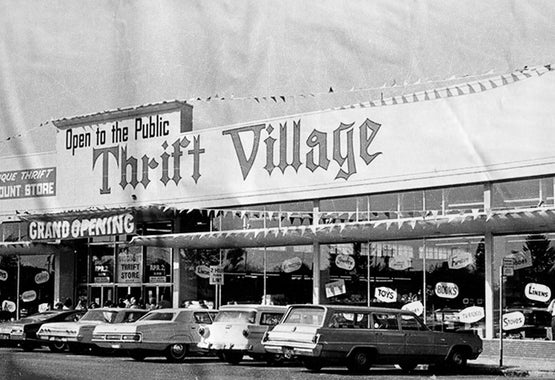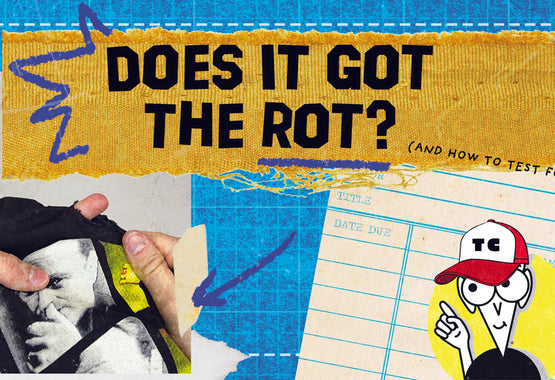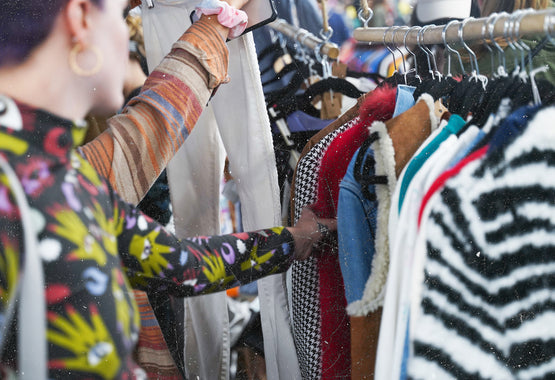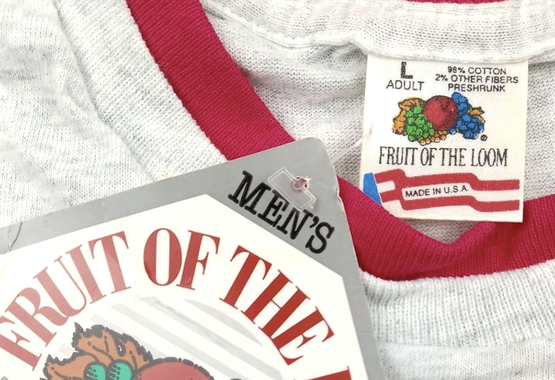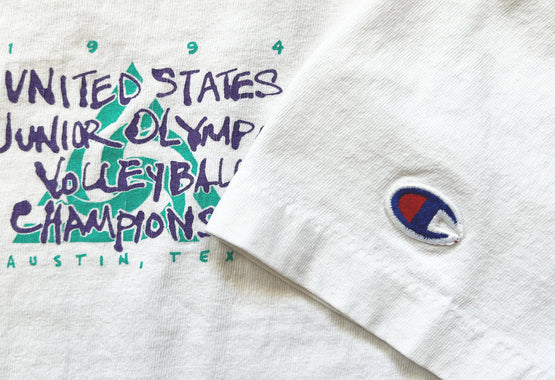New to Vinyl? Here’s the Basics to Get You Started
written by Thomas Starr
Over the past several years, vinyl has undergone a renaissance, exploding back into the mainstream after spending decades withering away as a dying medium. Dating back to the late 19th century, records were the predominant method of storing and playing music for over 100 years, only declining in popularity in the late 1980s with the invention of the compact disc. Records remained popular with DJs throughout the '90s and 2000s, however, but were manufactured on a much smaller scale as a result of their diminished popularity.
But that's all changed in recent years, with vinyl once again becoming popular in a music world now dominated by streaming.

This return to the mainstream is despite the downsides of vinyl, which certainly aren’t nonexistent. First off, vinyl isn’t cheap — in fact it’s pretty expensive. In a world dominated by streaming services offering music at the lowest prices ever, vinyl stands in stark contrast with records ranging from a few bucks to hundreds, even thousands, of dollars. Most new records typically sell for around $30, which can quickly add up as you build your collection.
The cost of records themselves is in addition to the startup cost needed as well. To even start listening to vinyl, you need both a turntable and speakers, which will run you a few hundred dollars minimum. Now add on the cost of a cabinet to store your records, various accessories to enhance your listening experience, and an ever-growing collection of albums, and you’re looking at a pretty expensive hobby.
Secondly, vinyl is incredibly inconvenient when compared to apps like Spotify and Apple Music. Instead of just clicking on any song and immediately listening to it, with vinyl you must take the record out of its sleeve, wipe it down, and set it on the turntable to finally listen to the first song on an album, just to have to flip the record halfway through. This multi-step process is definitely a far-cry from the ease of modern music streaming.
So why does anyone bother with vinyl if it's so expensive and such a hassle to enjoy? Because of the hassle, of course. The instantaneous, low-cost nature of streaming has disconnected listeners from music, removing the connection everyone was once able to feel for an album as a piece of art. Nowadays, one can easily just hear a song in passing and add it to their playlist, without ever making any commitment to listen to the entire album, or any financial commitment to the artist.
Vinyl solves these problems. With a vinyl record, you actually own a copy of the art that you enjoy and have something physical to reflect that. When you invest the $30 dollars into a new LP, you have a deeper connection to the work — you gave up something to be able to own and enjoy it. The artist gets something more too, with the returns on physical albums being monumentally more than those received for streaming.
Furthermore, records incentivize listening to music in album format, rather than as individual songs. While this certainly isn’t for everyone, artists often intend for their albums to be a holistic listening experience. Yet with streaming, most people create their own playlists of their favorite songs, ignoring the album as a whole. So if you value music as an art form and want to physically own a copy of said art, enjoying it as the artist intended, vinyl may just be for you.

So, you’ve been convinced and want to start listening to vinyl records. But what do you really need to get started? Where should you shop? How do you avoid spending an entire paycheck or more just to get started? What exactly do I need? All very good questions that anyone getting into the hobby should be asking.
- A Decent Turntable: This one is pretty self-explanatory and could very well be the largest investment you make getting into the hobby. But you just can’t listen to records without one, kinda obvious.
- Cartridges: The cartridge contains the needle that actually reads the grooves on the record, and will have to be replaced more than any other part of your set-up. Most new turntables will come with cartridges already, but it’s always a good idea to double-check, or even just stock up on replacements.
- Speakers: Speakers are an obvious necessity for music listening in general, but the kind of speakers you get will determine what else you need. If you buy powered or active speakers, or speakers that must plug into an outlet to receive power, then you will not need to purchase an amplifier. If you don’t have powered speakers, then you’ll need an amplifier as well, which is another pricey investment.
- Amplifier: The signal produced by a turntable isn’t strong enough to produce audio, meaning an amplifier, or powered speakers, are needed to increase the voltage of the signal to audio-producing levels. Because an amp is another expensive investment, we recommend starting off with powered speakers and buying an amp later on.
- Phono Preamp: A record player produces a PHONO signal. Speakers and amplifiers receive a LINE LEVEL signal. Phono preamps convert a PHONO signal into a LINE LEVEL signal. Pretty simple right? Regardless of whether or not you have an amplifier, you will need a preamp to enjoy your records. Some turntables will have a built-in preamp, eliminating the need for an external one. So check your turntable to make sure a preamp is actually needed before you spend more money.
- Records: The whole reason you even buy all that stuff is to listen to records, so make sure to pick up some of your favorite albums, or discover some new stuff, when you get your set-up.
Finding this stuff, especially on the cheap, is your next task to tackle.
Firstly, we can tell you where not to find your set-up: Urban Outfitters. The turntables and speakers at Urban Outfitters are, in all honesty, not worth the money (even though they’re the cheapest new ones you can find. Instead, visit your local record shop for the best advice and buying experience. The employees there all love vinyl and are excited to help newbies get into it. Support local. That being said, record stores can be a bit pricey (aside from their bargain bins of vintage vinyl). So where do those on a tight budget go to get their vinyl fix? Just try three of our favorite places as vintage nerds: the thrift, the flea market, and Ebay.
The thrift is going to be the cheapest option by far, but also the most hit or miss. It’s super unlikely that you’re going to be able to find your entire set-up at Goodwill, but you may just find a good set of speakers if you’re lucky. You can also find tons of records for super low prices at the thrift, so check the vinyl section next time you’re there. Building the bulk of your record collection at the thrift is by far the cheapest way to quickly amass a large amount of vinyl and give yourself plenty of options to listen to.
Next up, the flea market is almost certain to have speakers in excellent condition, as well as other audio equipment like cords and potentially even amps and preamps. The flea is also a good place to find records as well, with a wide variety of vintage vinyl available from different sellers.

Finally, to get a decent turntable at a decent price, we recommend turning to Ebay or similar websites to find one secondhand. While it certainly won’t be as cheap as say, a miraculous thrift store Audio Technica find, buying second hand online is still way cheaper than buying a new turntable. So if you’re on a budget, look to buy used gear instead of shiny new stuff, despite how tempting it may be. A quality record player will last for years, meaning buying second hand shouldn’t be much of a risk.
We hope this guide has helped you understand what you need to get into vinyl and where to find it all on a budget. Just like clothing, collecting vinyl can get expensive quickly, unless you buy second-hand. Now your thrift trips can expand beyond the racks and into the vinyl section, adding an extra place to search for your next listening grail.

